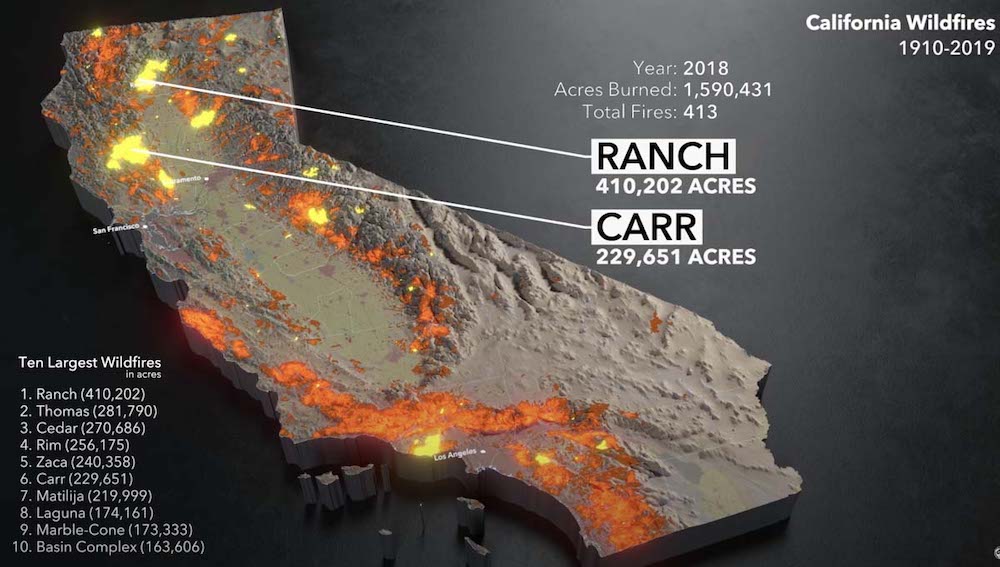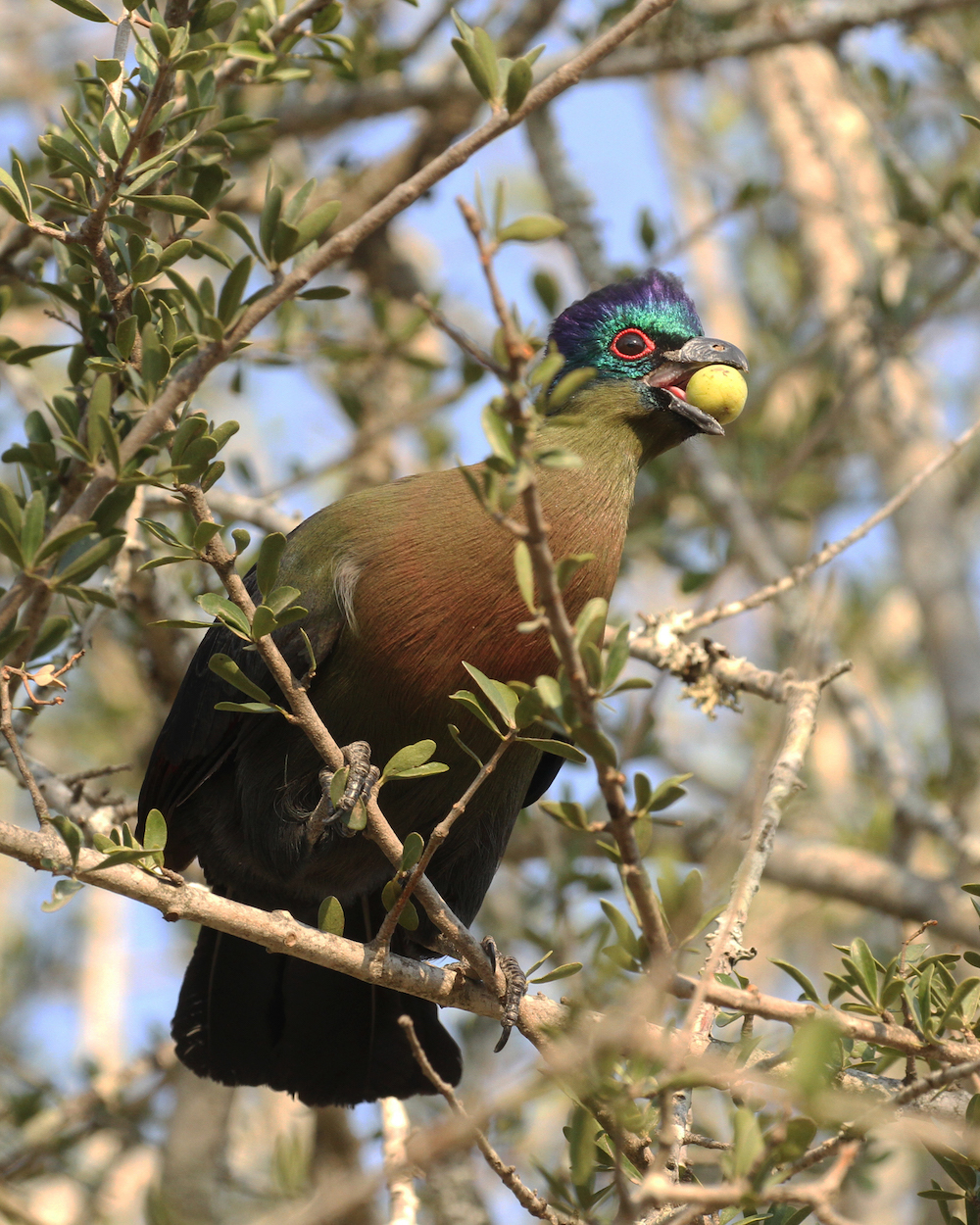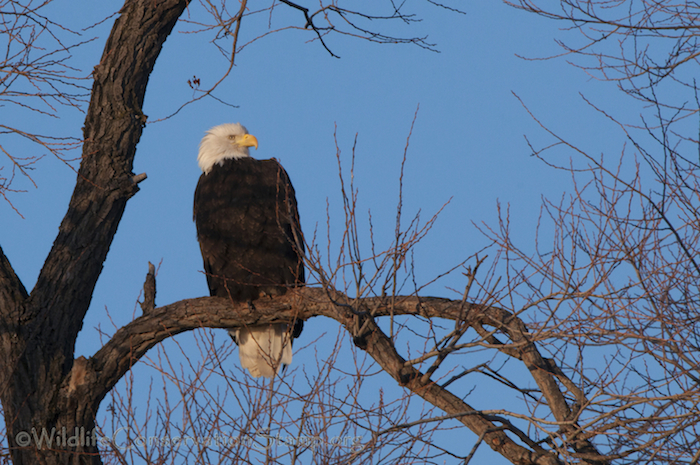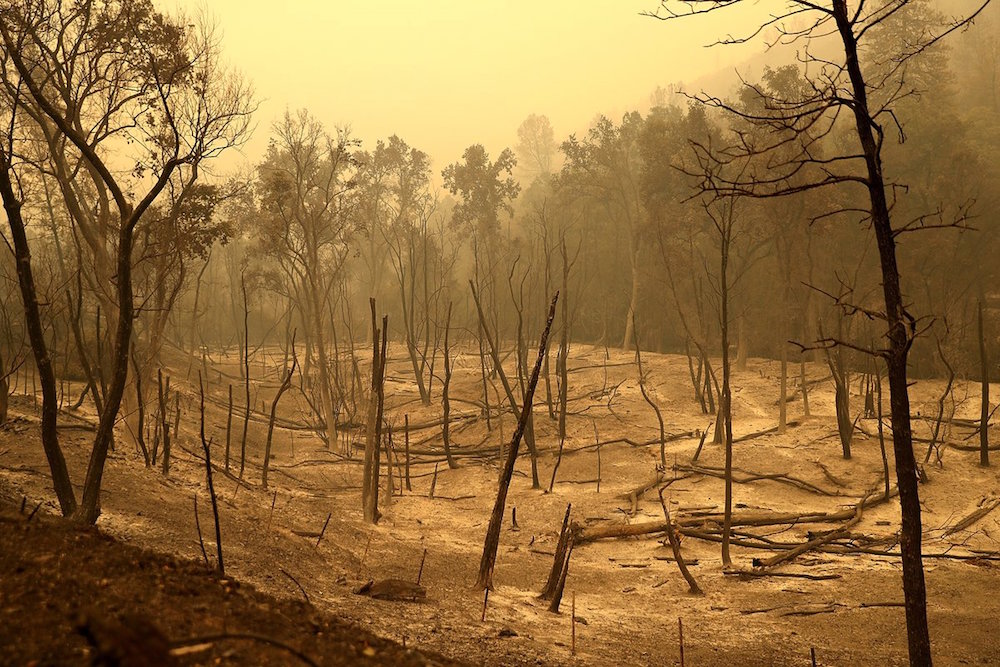
Wildfires are an important part of many ecosystems around the world. Fires provide an opportunity for new growth, to return nutrients to the soil, and to create a wholly unique type of habitat. Many species are adapted for these ever-changing systems, and they have developed a wide variety of strategies for making the best of the post-fire habitat. However, these systems exist in a delicate balance. Recently, forest fires have been increasing in size, intensity, and frequency due to human activities, and even fire-adapted species are struggling to keep up. In this talk we discuss how animals survive and thrive in a system defined by fire and what we can do to help protect the balance of these special ecosystems.
Lynn Schofield is a biologist for the Institute for Bird Populations. Her research covers a diversity of topics including bird migration, forest fire ecology, and wetland conservation. In addition to using her research to help inform effective conservation strategies, Lynn also works to help make connections with nature accessible to all. She is one of the core members of the Cal Falcons social media project, a frequent trip leader for the Bay Area chapter of the Feminist Bird Club and a long-time volunteer for the Golden Gate Raptor Observatory.
Join our Zoom Meeting
https://us02web.zoom.us/j/84733389834?pwd=K2lMTnczczlVaUhSMlk3R0dZOGZpQT09
Meeting ID: 847 3338 9834
Passcode: 973520
One tap mobile
+16699006833,,84733389834#,,,,*973520# US (San Jose)
+12532158782,,84733389834#,,,,*973520# US (Tacoma)
Dial by your location
+1 669 900 6833 US (San Jose)
+1 253 215 8782 US (Tacoma)
+1 346 248 7799 US (Houston)
+1 301 715 8592 US (Washington DC)
+1 312 626 6799 US (Chicago)
+1 929 205 6099 US (New York)
Meeting ID: 847 3338 9834
Passcode: 973520
Find your local number: https://us02web.zoom.us/u/kAtl65pjv



